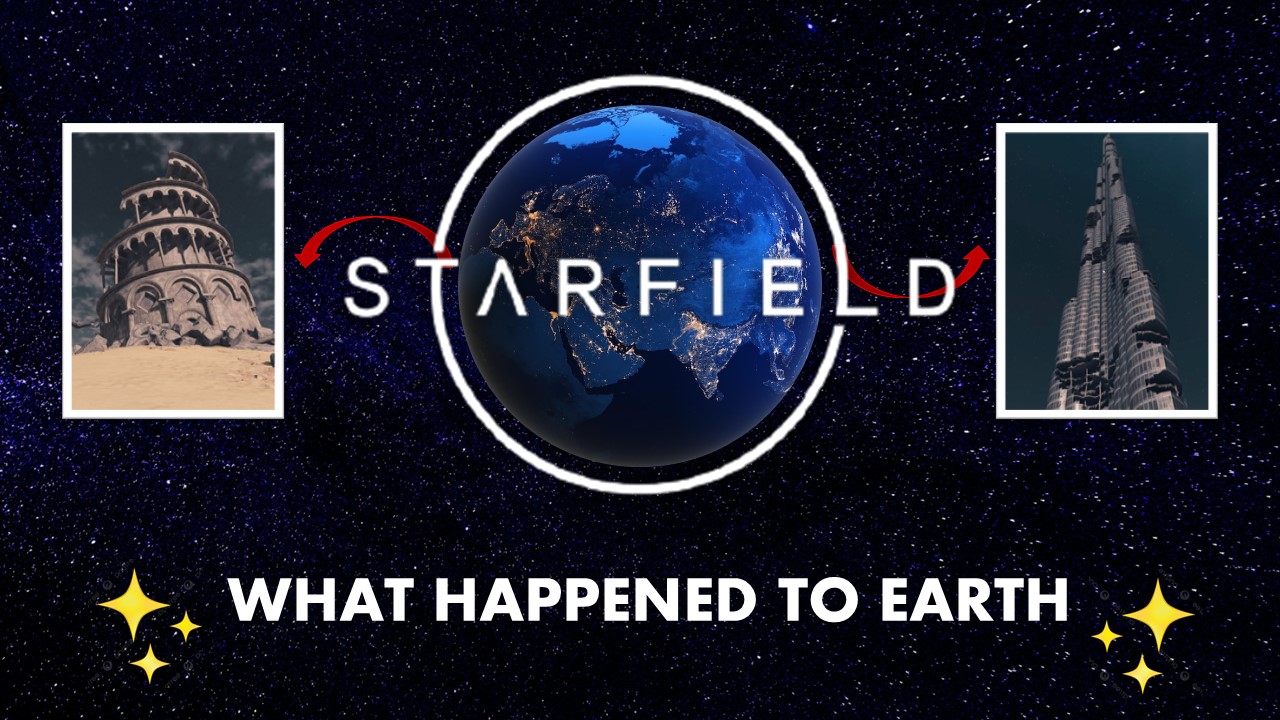By the year 2330, Earth has become an uninhabitable wasteland in the universe of Starfield. Players can still visit the abandoned planet, discovering remnants of its once-great civilization. This article delves into the reasons behind Earth’s demise, significant events leading to its downfall, and the current state of the planet in the game.
Please follow us on Twitter and Facebook
The Fall of Earth
The Discovery of Grav Drive Technology
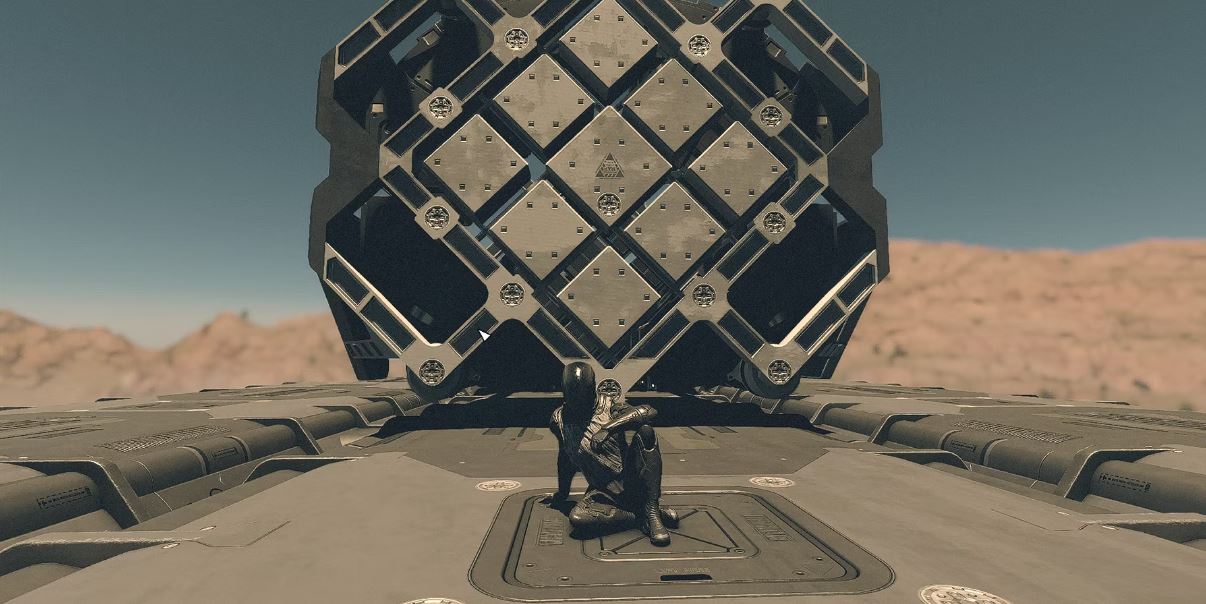
The origin of Earth’s decline can be traced back to the early 2100s with the discovery of an Artifact by Dr. Victor Aiza, a theoretical physicist and NASA astronaut. This discovery led to the invention of Grav Drive technology in 2138, a revolutionary advancement allowing for fast travel across space. However, this progress came with a heavy cost.
Collapse of the Magnetosphere
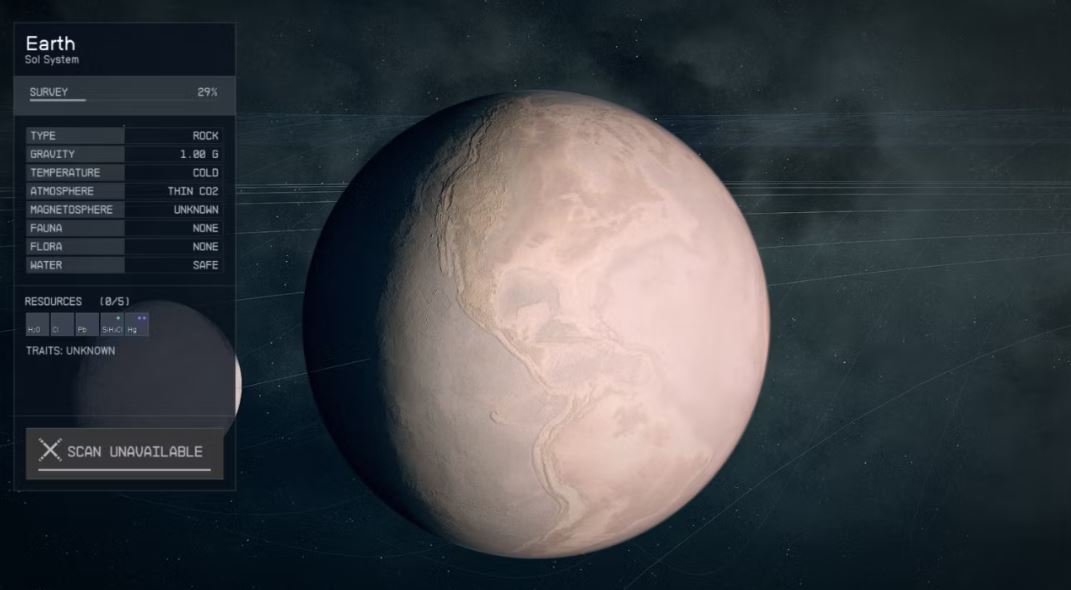
By 2150, scientists had predicted that Earth’s magnetosphere would collapse within fifty years due to the extensive testing and use of Grav Drives. The magnetosphere, which protects the planet from solar radiation, began to fail, leading to the dissipation of Earth’s atmosphere into space. Despite warnings and efforts to mitigate the damage, the collapse was inevitable.
The Great Evacuation
The looming threat of an uninhabitable Earth forced governments worldwide to initiate a massive evacuation effort. From 2150 to 2199, nations worked together to relocate the population to other planets within the newly established “Settled Systems.” Despite these efforts, only a fraction of humanity managed to escape, leaving billions to perish when Earth finally became uninhabitable in 2203.
Read Also: Starfield’s Next Update Confirms the Feature We’ve Been Requesting
The Role of Dr. Victor Aiza
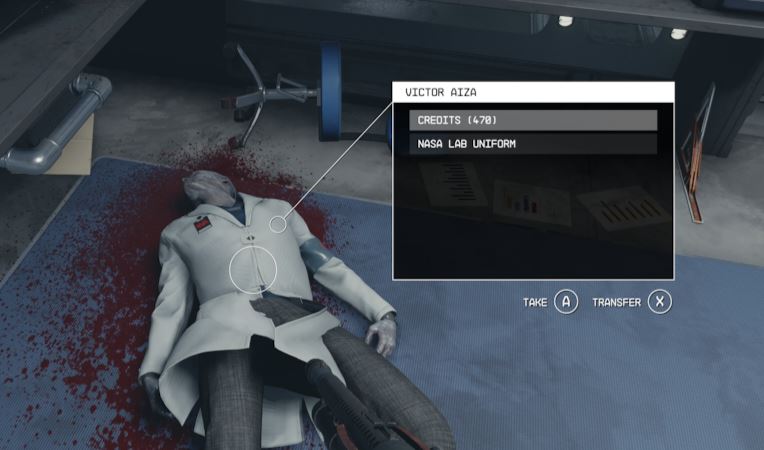
Dr. Victor Aiza’s role in Earth’s demise is pivotal. Initially driven by the promise of scientific advancement and the exploration of new worlds, Aiza ignored warnings from an alternate universe’s version of himself about the catastrophic consequences of his work. In his later years, Aiza reflected on his decisions, expressing doubt and regret over prioritizing scientific progress over the preservation of humanity’s home planet. His personal journals reveal his internal conflict and the heavy burden of his choices.
Exploring Earth in Starfield
Visiting Earth
Players can visit the barren remains of Earth in Starfield. Despite its desolate state, several landmarks such as London’s Shard, New York’s Empire State Building, and Dubai’s Burj Khalifa still stand, offering a glimpse into the planet’s storied past. The main story mission “Unearthed” involves traveling to Earth, specifically to the NASA Launch Tower in Cape Canaveral, to uncover more about the planet’s history.
Earth’s Current State
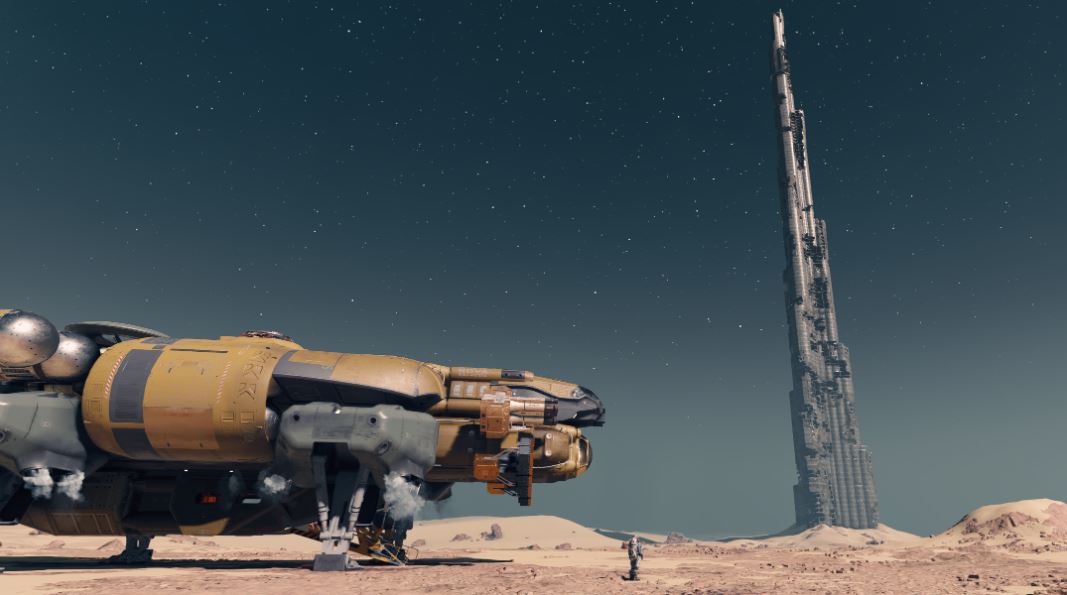
Today, Earth is a vast desert wasteland with only a few points of interest. The planet, once teeming with life and civilization, is now a testament to the consequences of unchecked scientific experimentation. Artifacts and books found throughout the game provide additional context and history, preserving the memory of Earth for the inhabitants of the Settled Systems.
Conclusion
Starfield presents a sobering narrative of Earth’s downfall, emphasizing the delicate balance between technological advancement and environmental preservation. The story of Dr. Victor Aiza and the Grav Drive technology serves as a cautionary tale, reminding players of the potential consequences of prioritizing progress over sustainability. Despite its desolation, Earth remains a significant location in Starfield, offering players a chance to reflect on the planet’s past and humanity’s relentless pursuit of the stars.
Read Also: Starfield’s Biggest Time Sink: Will the Shattered Space DLC Finally Deliver a Purposeful Endgame?

